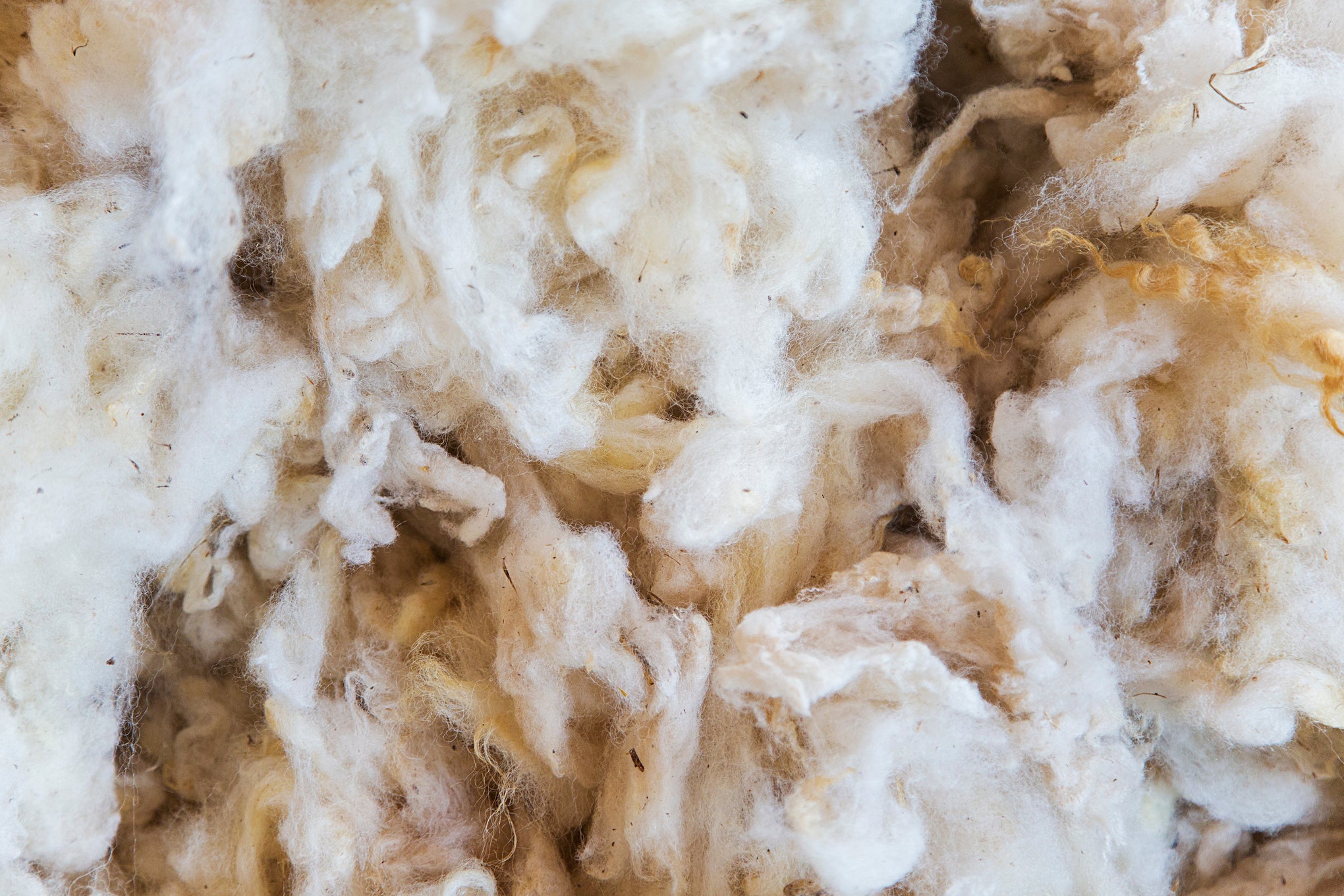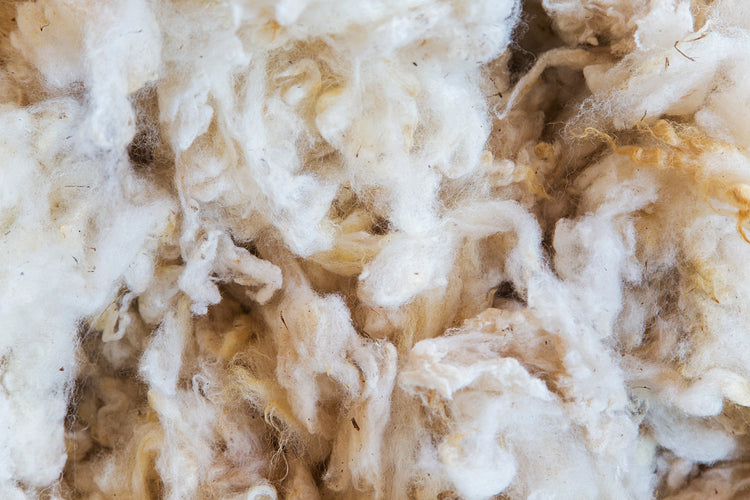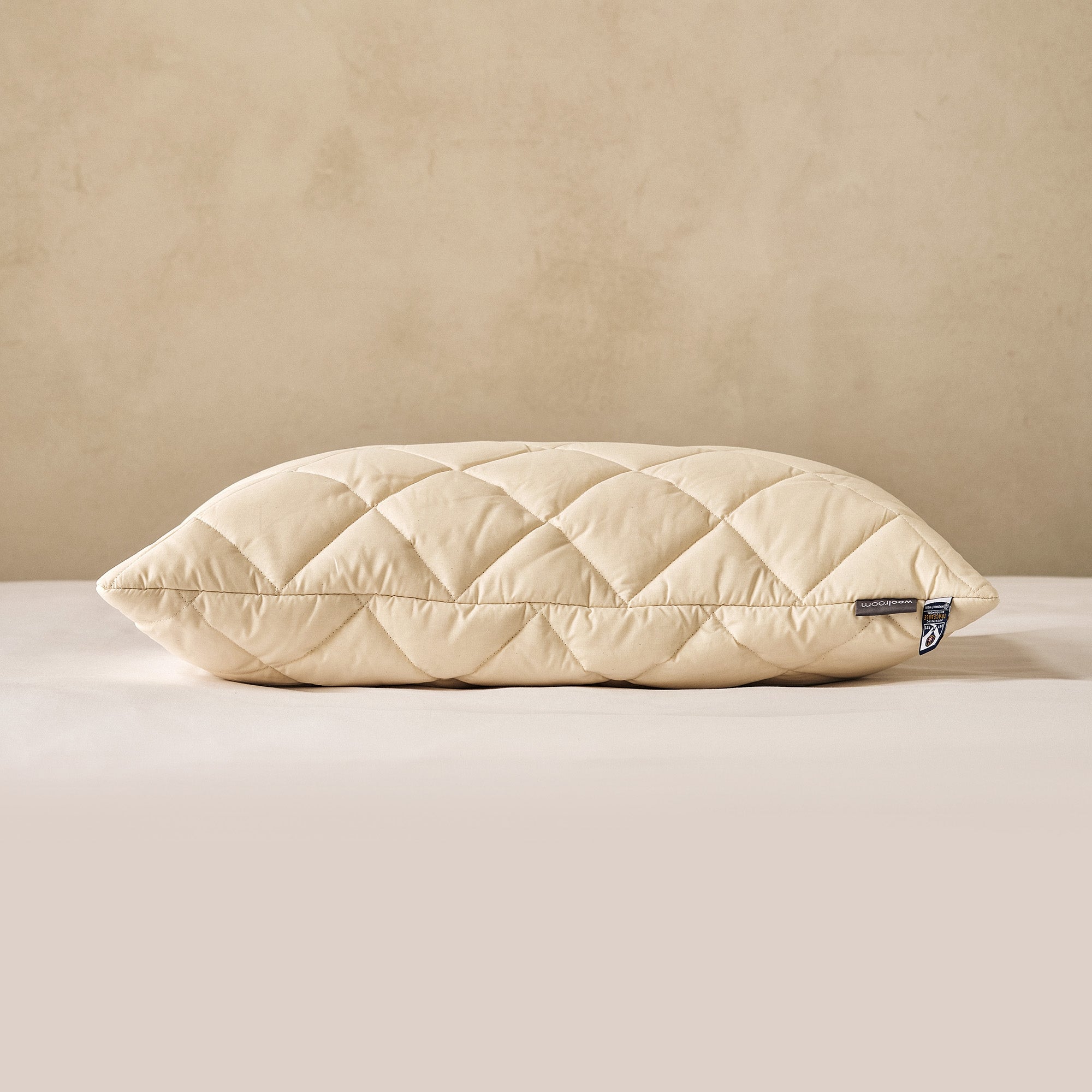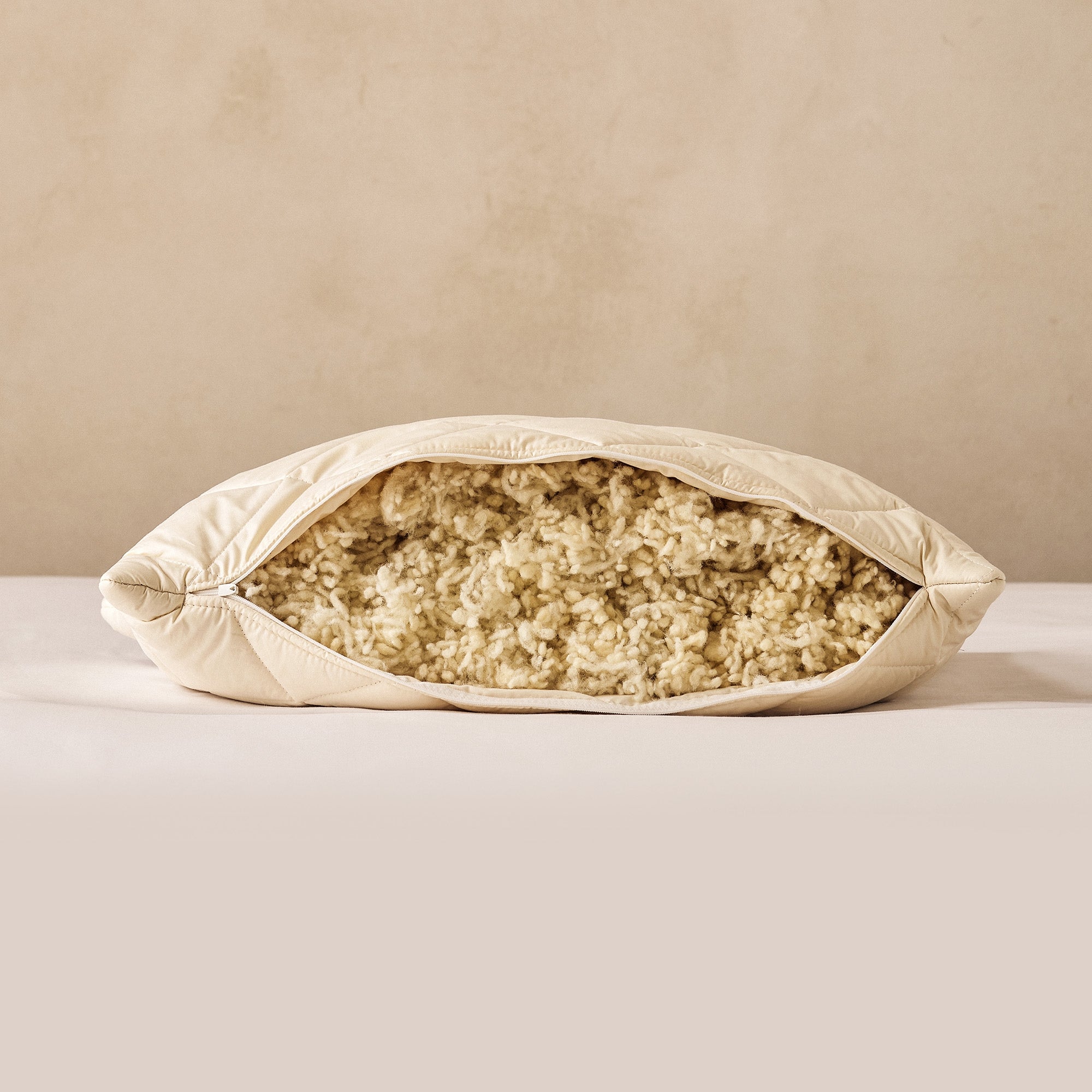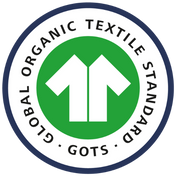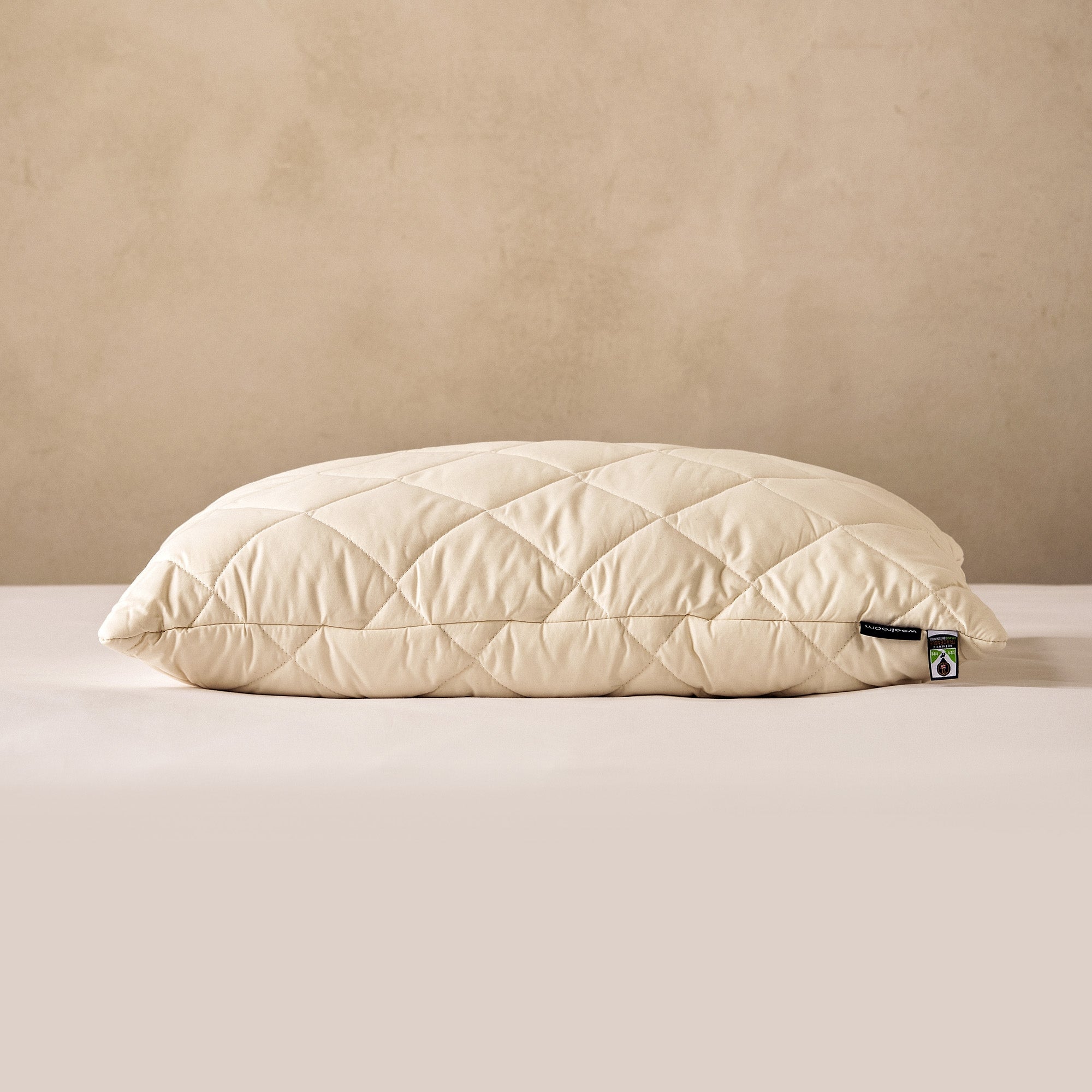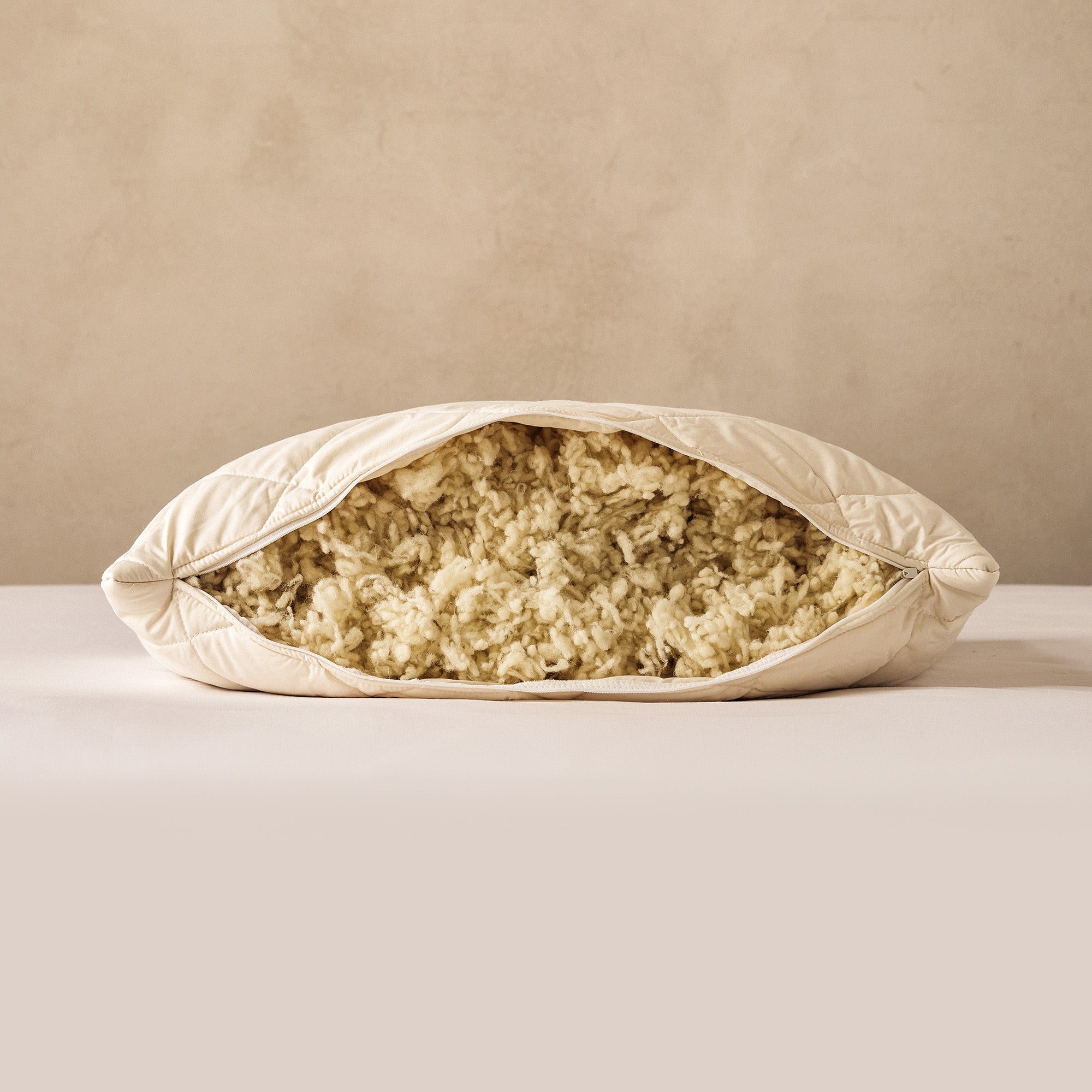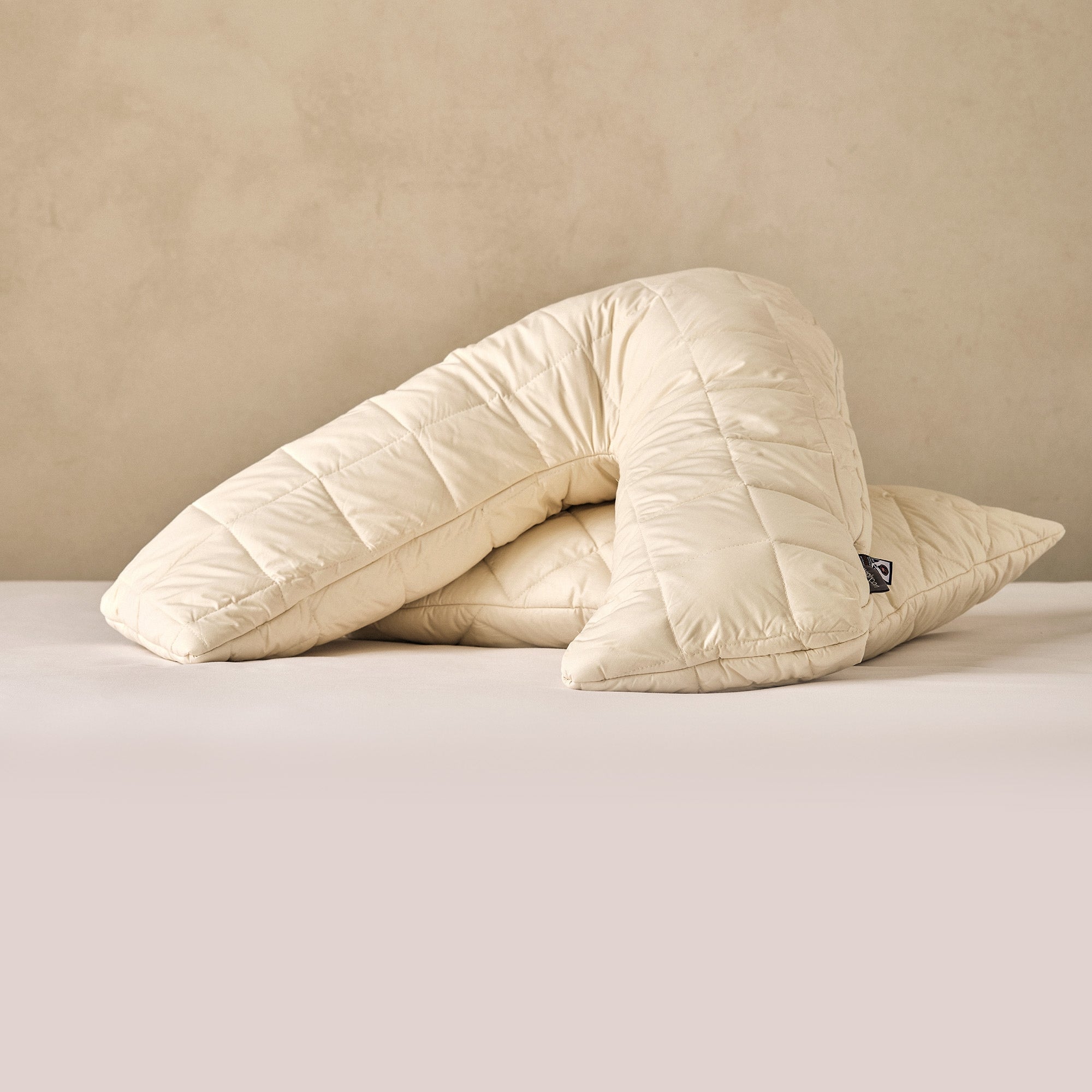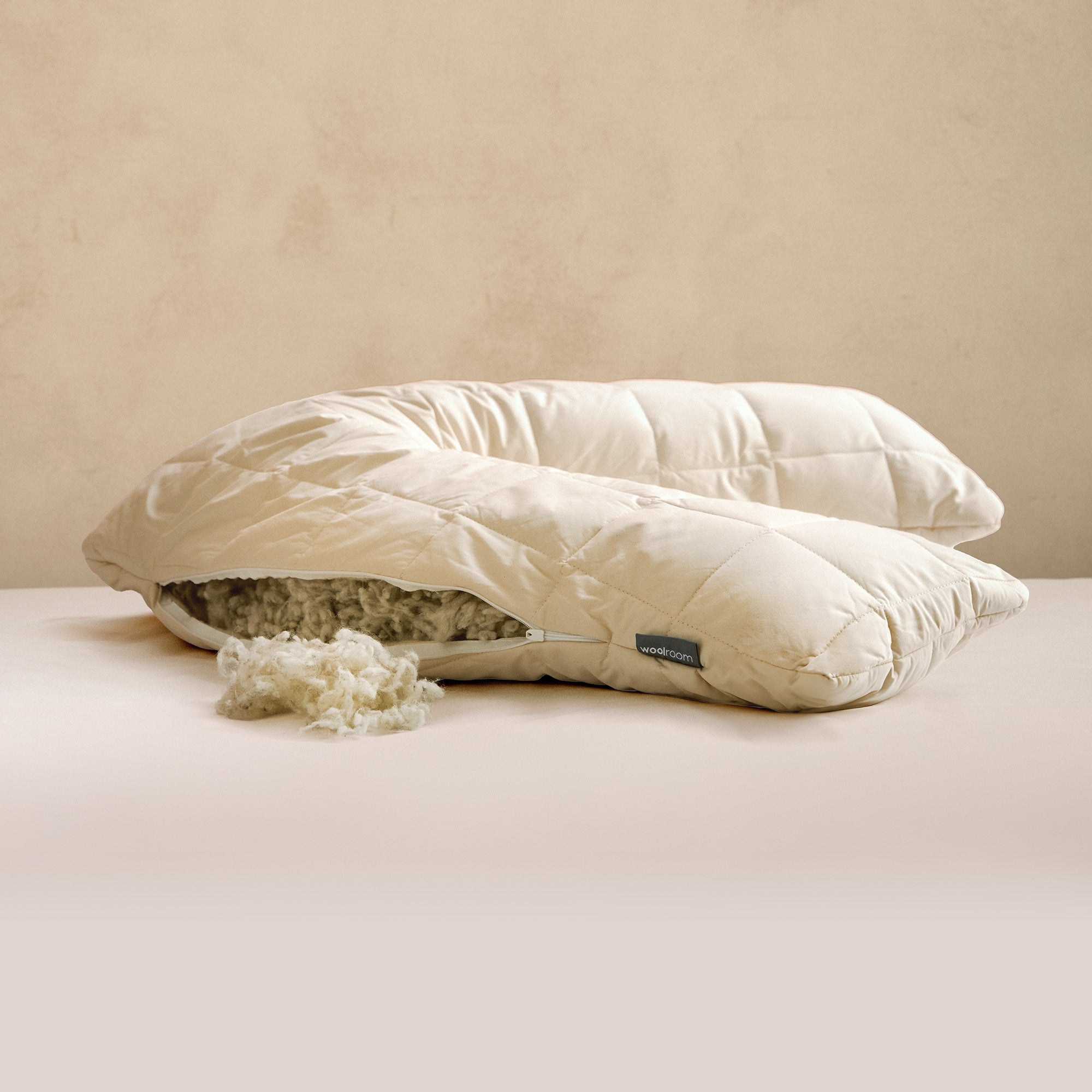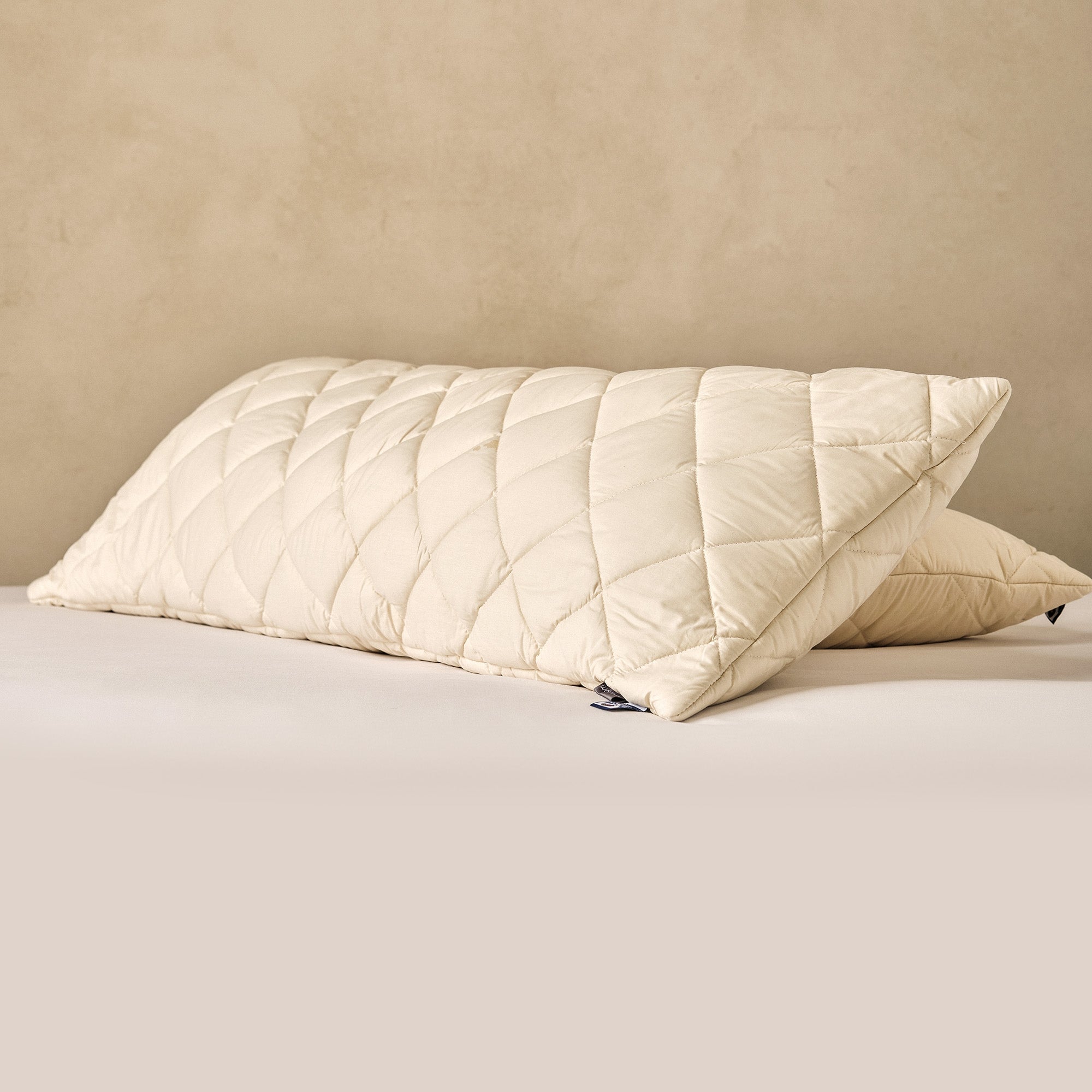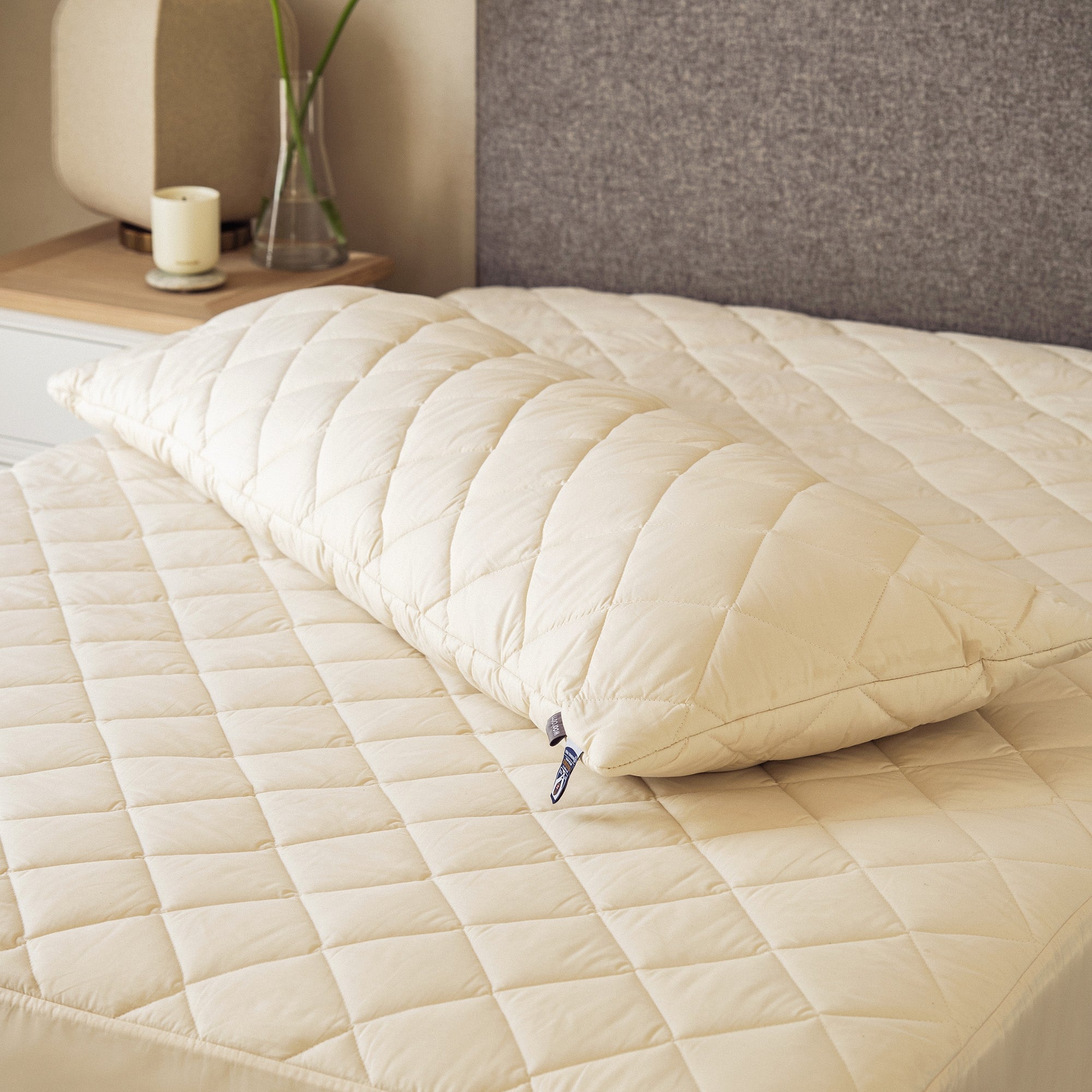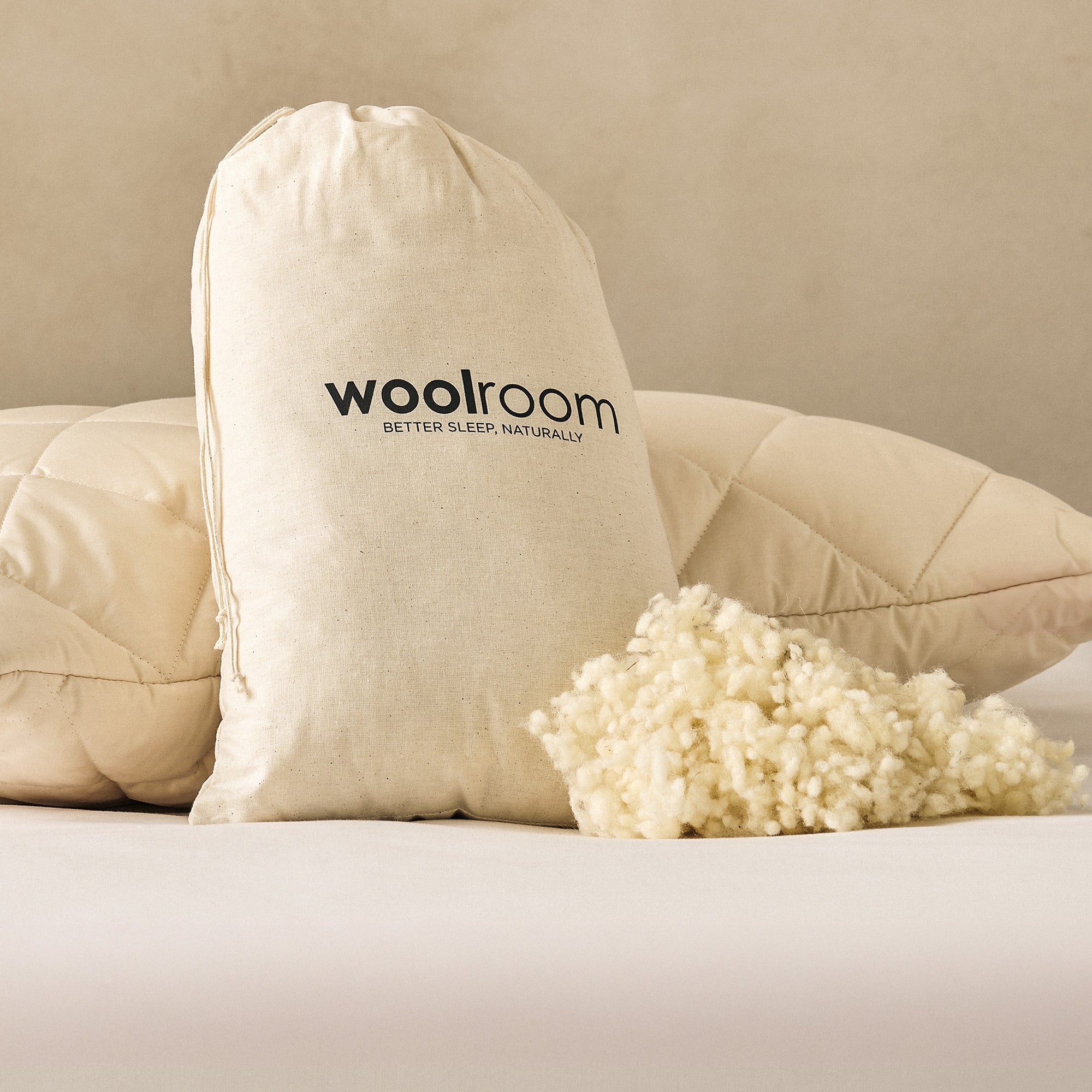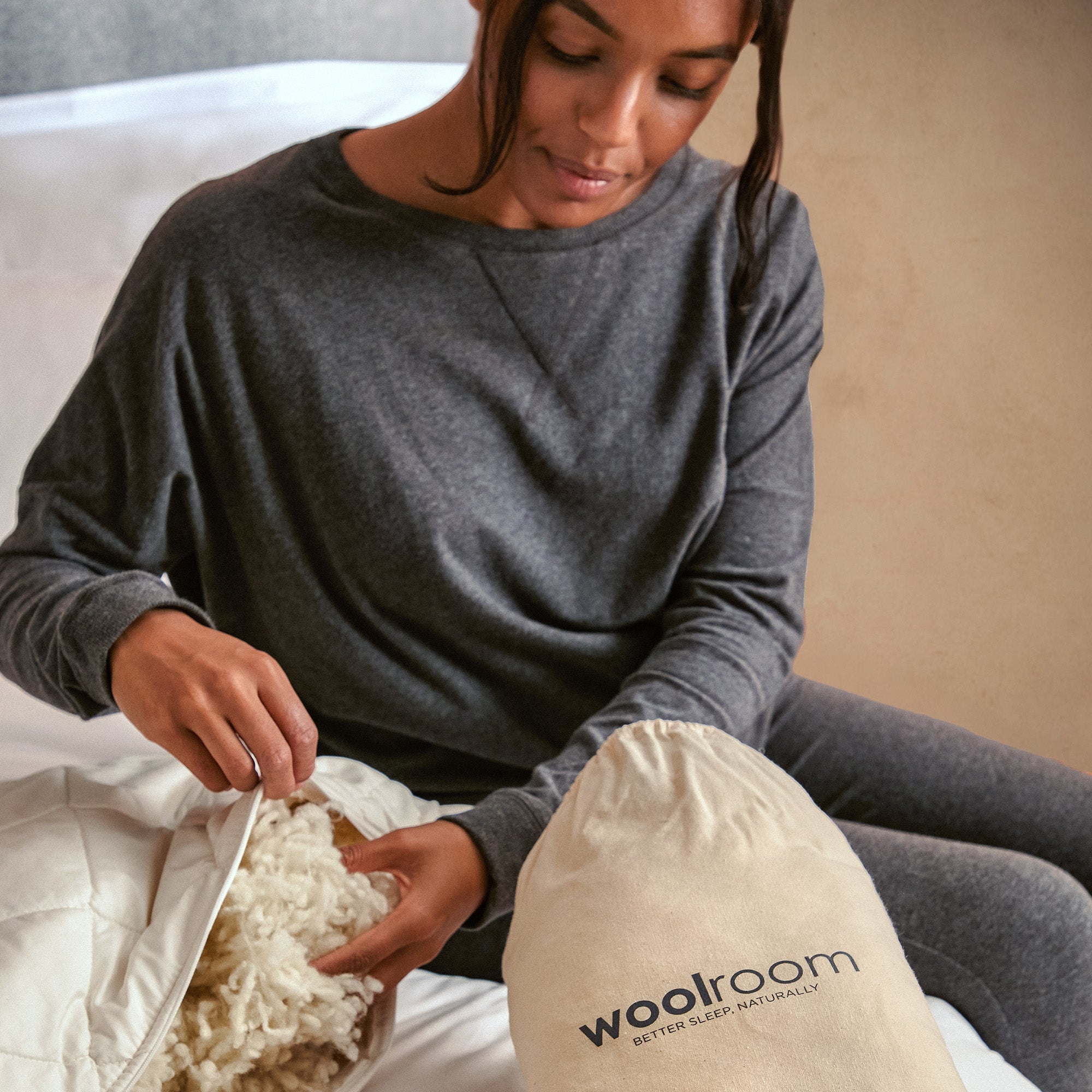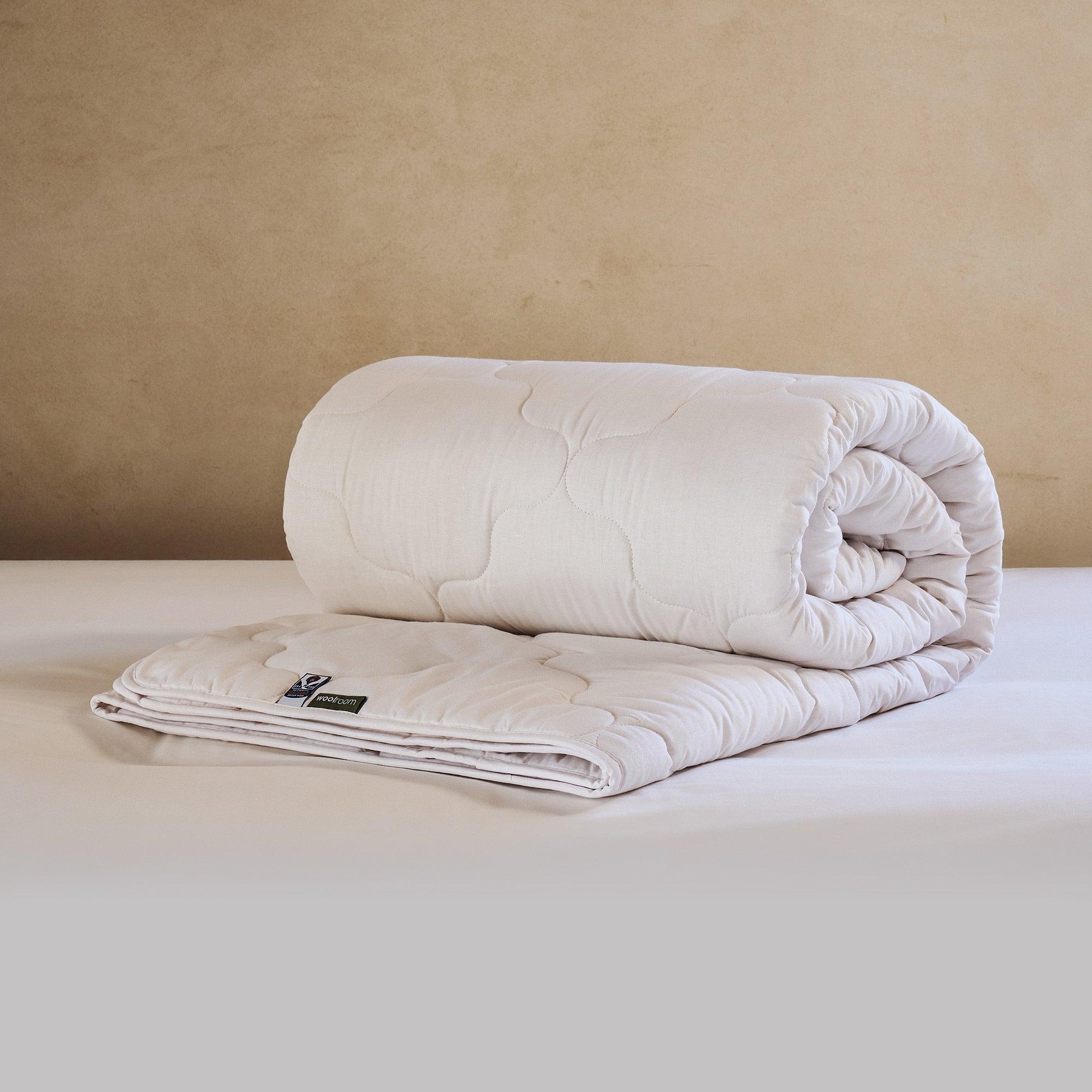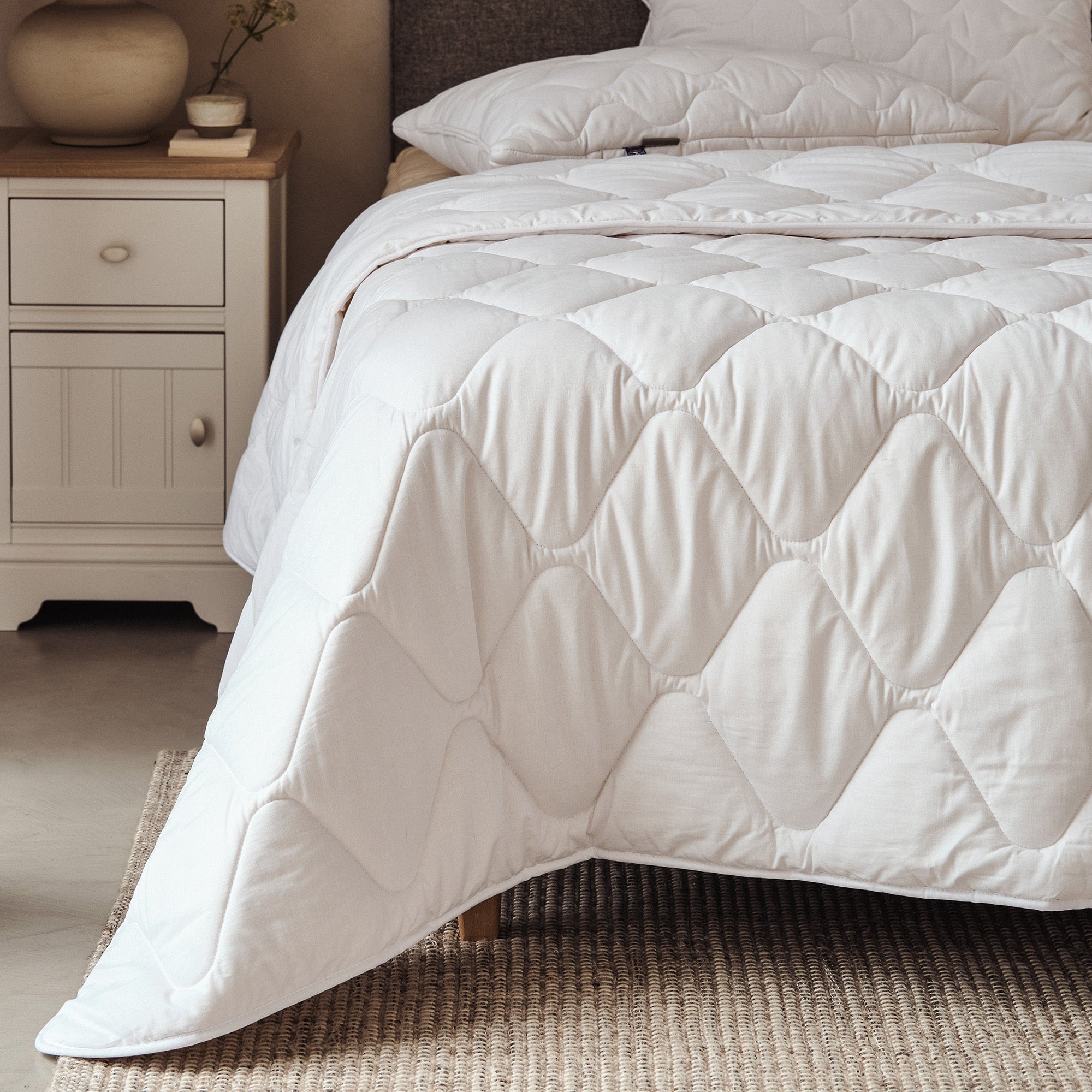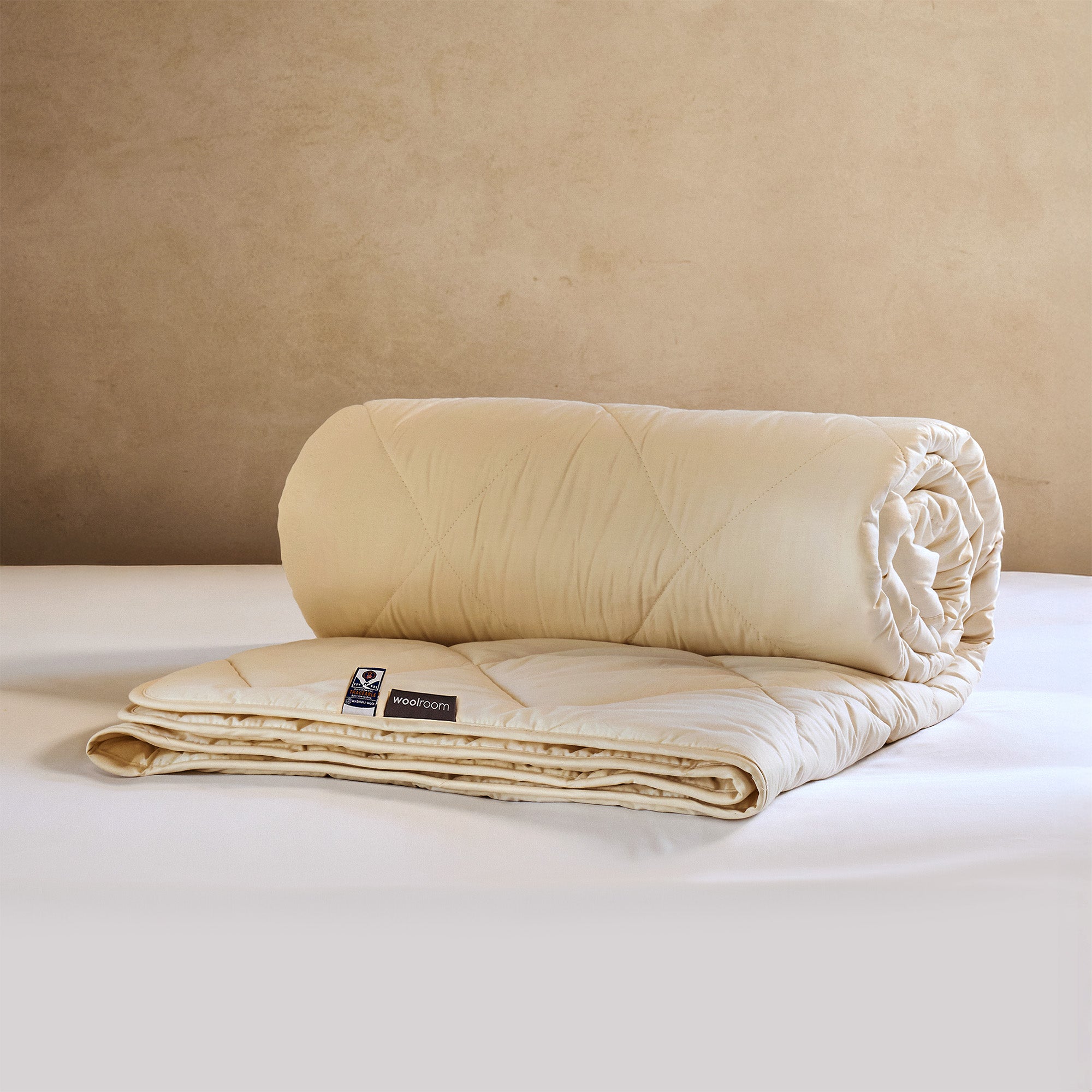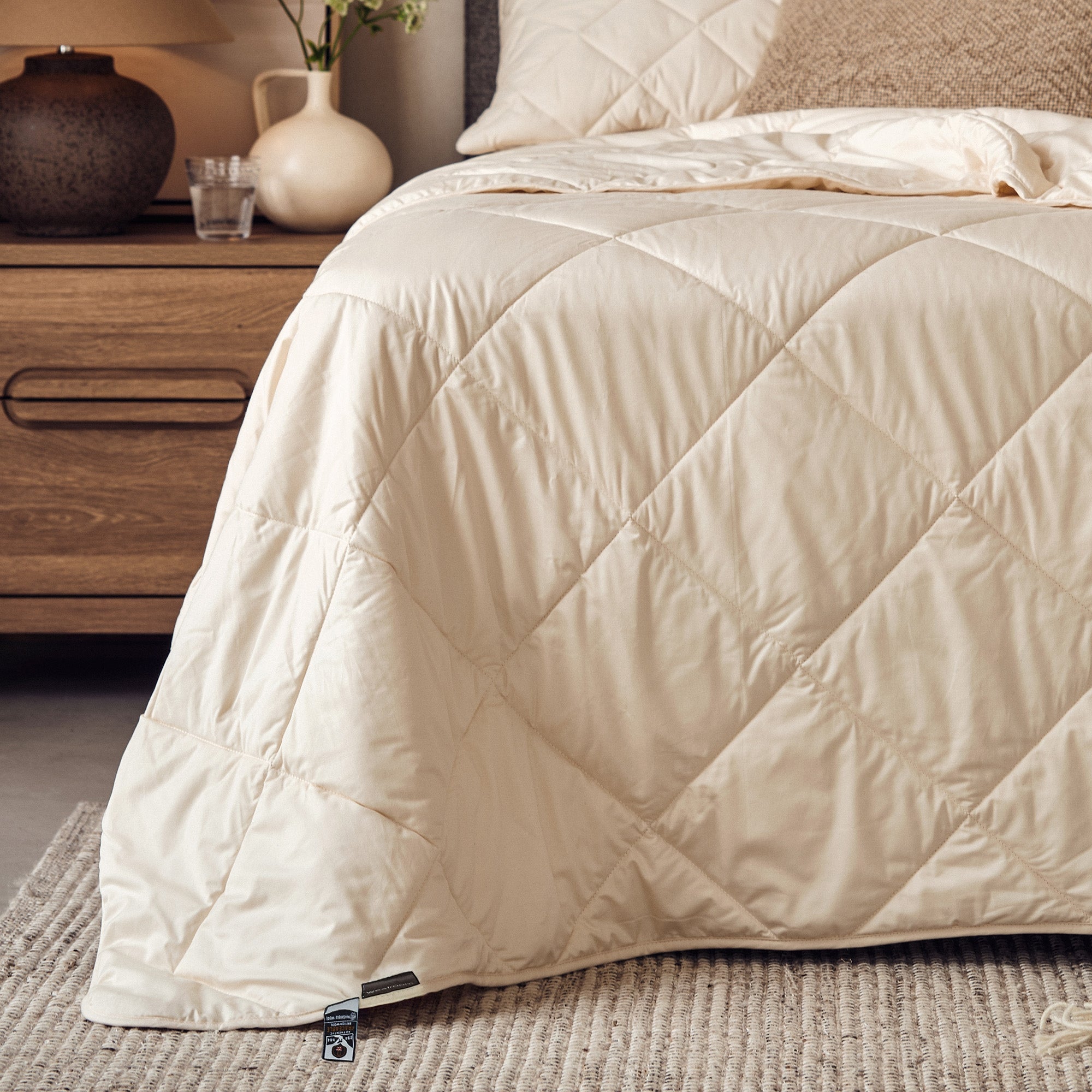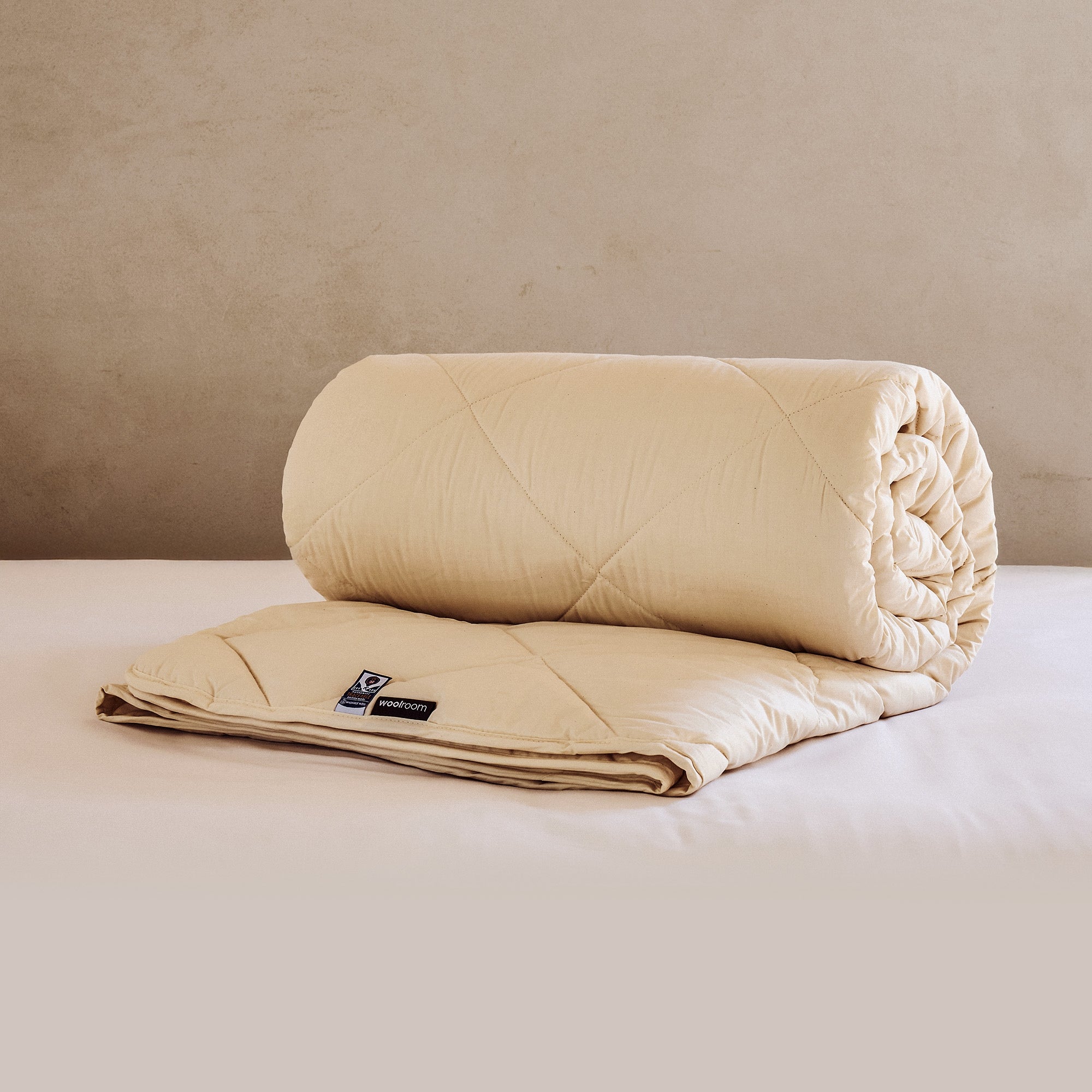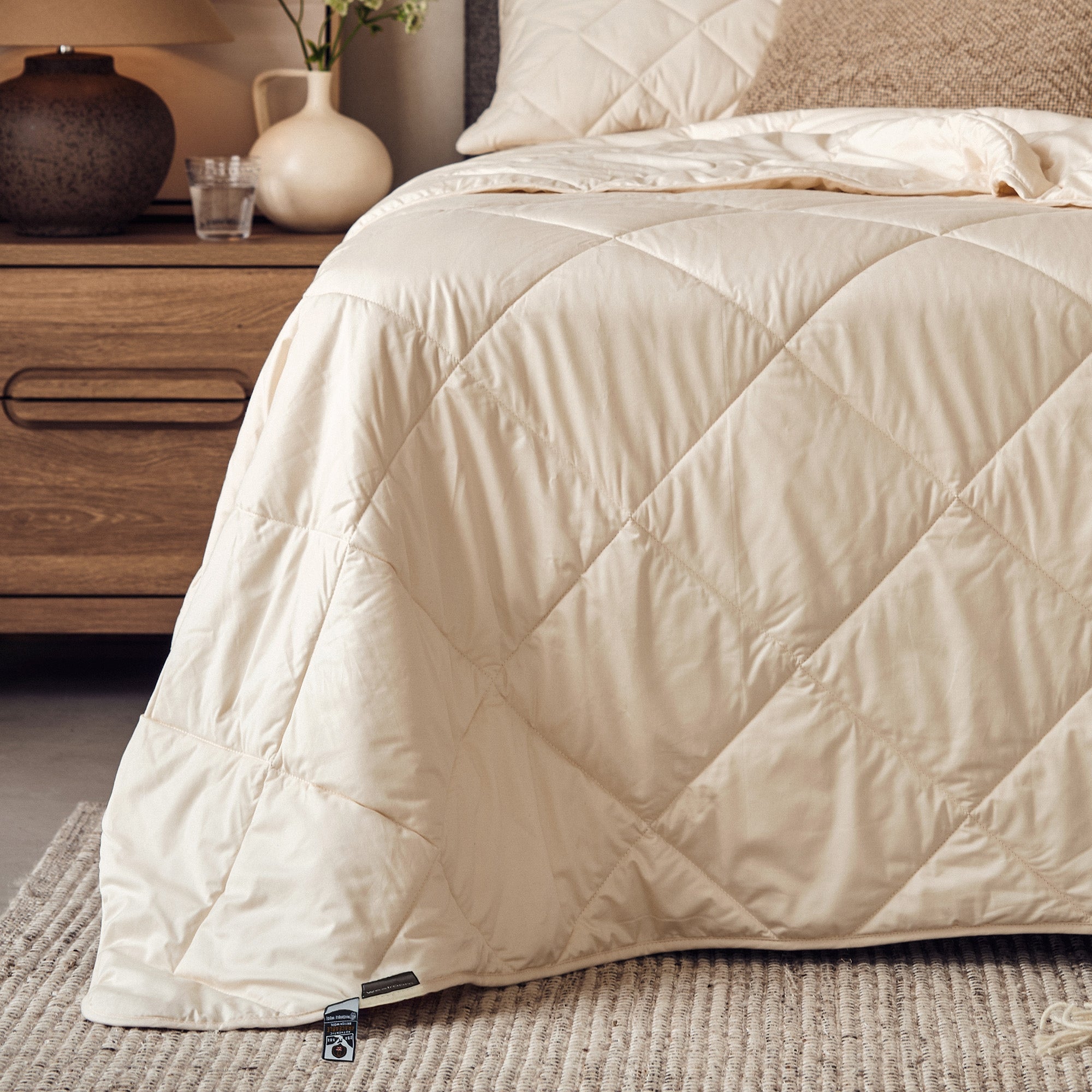Since our cave-dwelling forefathers hunted and gathered to protect and feed their families, humankind has recognized the beauty of wool. It’s a material that has defied the passage of time to remain one of the most popular sources of warmth and comfort today. While science may have developed and improved modern wool through selective breeding and manufacturing techniques, underneath it all lies the same protective coats that have kept wild sheep (not to mention babies) comfortable across the millennia.
But, what is good about wool? And are wool baby clothes still the best way to dress up our precious little bundles?
What are the properties of wool that make it great for babies?
People regularly ask us: Is wool itchy? Is wool hypoallergenic? And even, is wool soft? Because, when it comes to dressing little ones, as parents we want to make sure we get it right. Particularly when we’re settling them down for a peaceful night’s sleep.
So, what is good about wool and why should you consider wool baby clothes?
1. Wool helps your baby to regulate temperature
As those wild sheep grazing ancient hillsides will attest, wool naturally keeps you warm when its cool and cool when its hot. That’s why it’s used by both astronauts underneath their spacesuits, and polar explorers. Babies can struggle to regulate their own temperature, particularly if they are premature or unwell. Wool can help with this due to its insulating properties.
But, why is wool a good insulator? How does wool fiber keep our body warm? Because of its dense nature, wool fibers trap pockets of air between themselves and the skin, which then warm up due to baby’s body heat. But rather than allowing baby to get hot and clammy from perspiration, the clever fibers wick away moisture to keep their little body dry and comfortable.
2. Wool is hypoallergenic
Wool sometimes gets a bad reputation for causing itchy skin and sniffles and sneezes, particularly when used for bedding. We’re here to say that’s simply not true.
Is wool itchy? In short, it shouldn’t be. Perhaps in days gone by, when coarse, cheap wool was used by Great Aunt Joyce to knit you a Christmas jumper. But not now. With soft baby wool and even super soft baby wool freely available, you’ll find that most good quality wool baby clothes and blankets feel beautifully soft against your little one’s skin. These days, wool baby clothes are often made with merino wool because of its super soft wool feel.
As for the sneezing and sniffles? It’s in fact very rare for anyone to be allergic to wool itself – if they are, it is almost certainly the lanolin found within it rather than the actual wool fibers.
3. Wool keeps the dust mites at bay
In fact, most sneezes and sniffles at night are caused by dust mites and mold spores. These take root in bedding that is warm and moist and are notoriously difficult to remove even by washing.
One of the great benefits of wool for babies is its inhospitable environment for these dust mites. Because the wool fibers wick away moisture and desorb it into the environment, they stay dry. So, dust mites won’t colonize wool baby bedding, thus creating a much healthier sleeping environment for your little one.
4. Wool makes for better quality sleep
Medical studies supported findings that when sleeping on wool, babies settled quicker and cried less, and possibly because of this they fed better and gained weight faster. So that means that swaddled in a merino baby blanket your little bundle might even give you a precious few extra hours’ sleep.
Should you invest in wool baby clothes?
We’ve covered off the questions is wool warm? Is wool soft? And is wool hypoallergenic? And the answer is a resounding yes to all. What’s not to love?
Not only should you consider wool baby clothes for the daytime, why not invest in super soft baby wool bedding too.
If you are looking for more ideas to help baby sleep better at night naturally, visit our Sleep Health & Advice hub.
